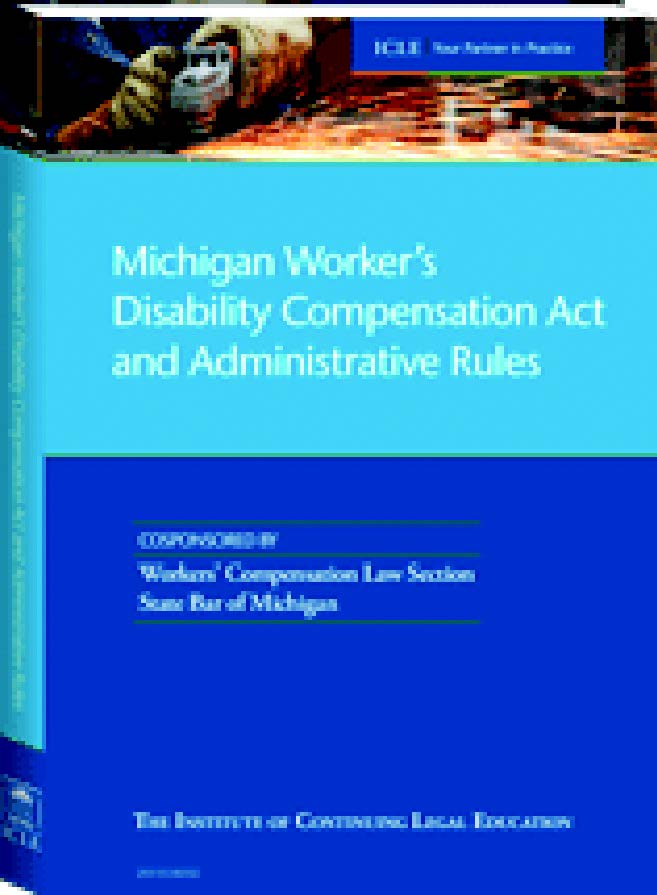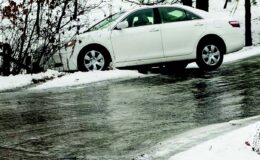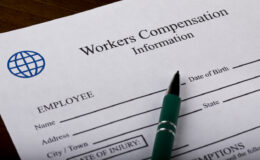By Donna Motley, Vice President of Claims
One of the distinct advantages to having your Workers’ Compensation insurance coverage with Manufacturing Technology Mutual Insurance Company is our collective years of experience. As you are aware, we are celebrating our 40th year in this industry. The Claims Department has more than 100 years of experience in adjusting workers’ compensation claims. And just about when we think we have seen everything, and we have seen A LOT, an incident will occur that may surprise even us. Our experience and longevity provide us with certain insights a novice in this business will not have. We also have extensive experience, based on our longevity, in the tooling industry which is not something other insurers can claim. One may think a back injury is simply a “back injury”. But there would be a world of difference in processing the back injury claim of a machinist as opposed to a school teacher.
Our claims handling is governed by the Michigan Workers’ Disability Compensation Act and Administrative Rules – a 230 page book. The Health Care Services Act consists of another 57 pages. Rule 418.851 of the Act provides: A claimant shall prove his or her entitlement to compensation and benefits under this act by a “preponderance of the evidence”. Yes, these rules are open to interpretation, that is why there are so many lawyers, but to me, a “preponderance of the evidence” is not the same as saying “ the employee said it happened at work, so it must have happened at work”.
Section 418.4012 (b) of the Act specifies: “A hernia to be compensable must be clearly recent in origin and result from a strain arising out of and in the course of the employment and be promptly reported to the employer.” This is not the same as an employer stating “… he’s worked here for 30 years and does a lot of lifting, probably it happened at work.” A sneeze can result in a hernia. If this rule is not followed, we will win at Mediation or Trial every time.
Section 418-301 (1) of the Act specifies: “An employee, who receives a personal injury arising out of AND in the course of employment… “. An employee running to their car in the parking lot to retrieve their cell phone IS NOT in the course of employment. As a matter of fact, they distinctly deviated from their employment.
 These are just three small sections of the Act. These three sections are also part of the reason we continually implore employers to train their employees to report injuries (and even “incidents”) immediately, send the injured worker to the occupational clinic on the day of the reported injury and file the necessary papers with our department as soon as possible following the incident. Following these rules eliminates a lot of questions. If an employee sustains an injury on a Friday afternoon and is seen that afternoon at the clinic, it becomes difficult to question the validity of the claimed injury. When an injury happens on a Friday afternoon and is not reported until Monday morning – our first question will be: “What did the employee do over the weekend?” If an injury is reported two weeks after it allegedly occurred and the injured treated outside the occupational clinic, nothing can be done on the claim until we obtain said medical records.
These are just three small sections of the Act. These three sections are also part of the reason we continually implore employers to train their employees to report injuries (and even “incidents”) immediately, send the injured worker to the occupational clinic on the day of the reported injury and file the necessary papers with our department as soon as possible following the incident. Following these rules eliminates a lot of questions. If an employee sustains an injury on a Friday afternoon and is seen that afternoon at the clinic, it becomes difficult to question the validity of the claimed injury. When an injury happens on a Friday afternoon and is not reported until Monday morning – our first question will be: “What did the employee do over the weekend?” If an injury is reported two weeks after it allegedly occurred and the injured treated outside the occupational clinic, nothing can be done on the claim until we obtain said medical records.
We process an average of 1,500 claims a year, the vast majority without complications. But we also see claims that are questionable or have fraud triggers. Each claim is reviewed carefully to make sure the injury/condition meets the filing requirements of the State Workers’ Compensation Act, which requires “causal relationship”. We keep our adjuster/claim ratio low so we are not just “pushing paper”. Our job is to protect the employer and the injured worker by providing medical care for work related injuries and successfully returning the injured worker to employment; and we have a high success rate doing that! The Claims staff is available for on-site training. Feel free to contact us at any time if you feel this would be beneficial at your facility.






